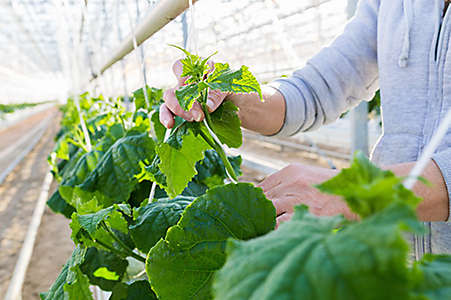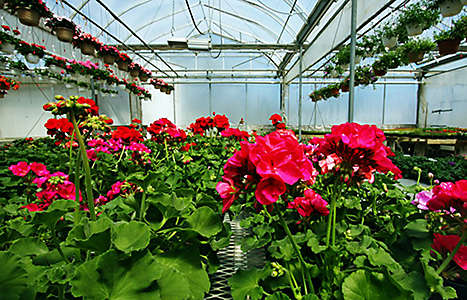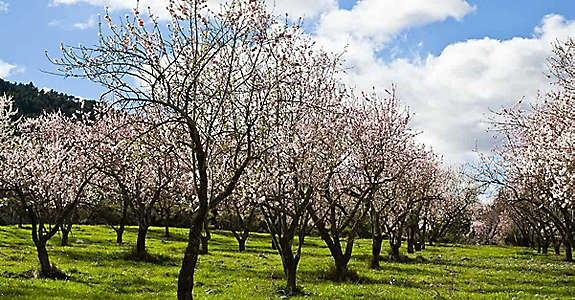Tip #1: Know your crop
Certain plant varieties and those under stress from conditions such as drought or wilting are more sensitive to horticultural oils. You should avoid using them on such plants to prevent possible damage. If you don't already know, check to see if your plant has any sensitivities to horticultural oil before applying it. Also, avoid use on open blooms as it may result in spotting of the flower.






